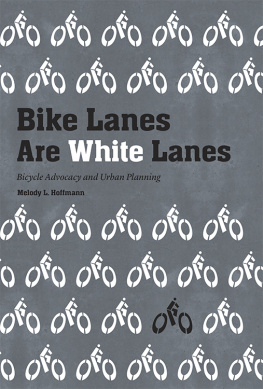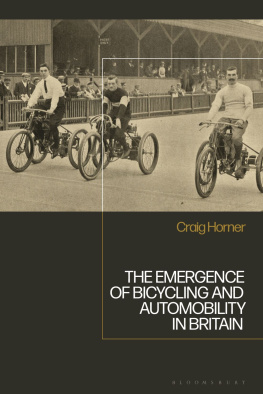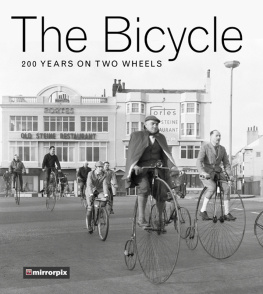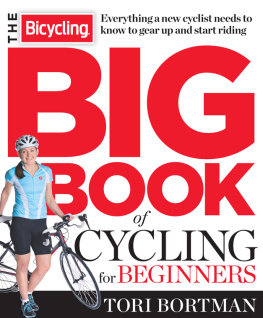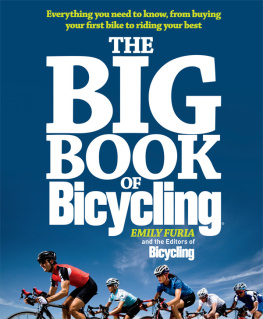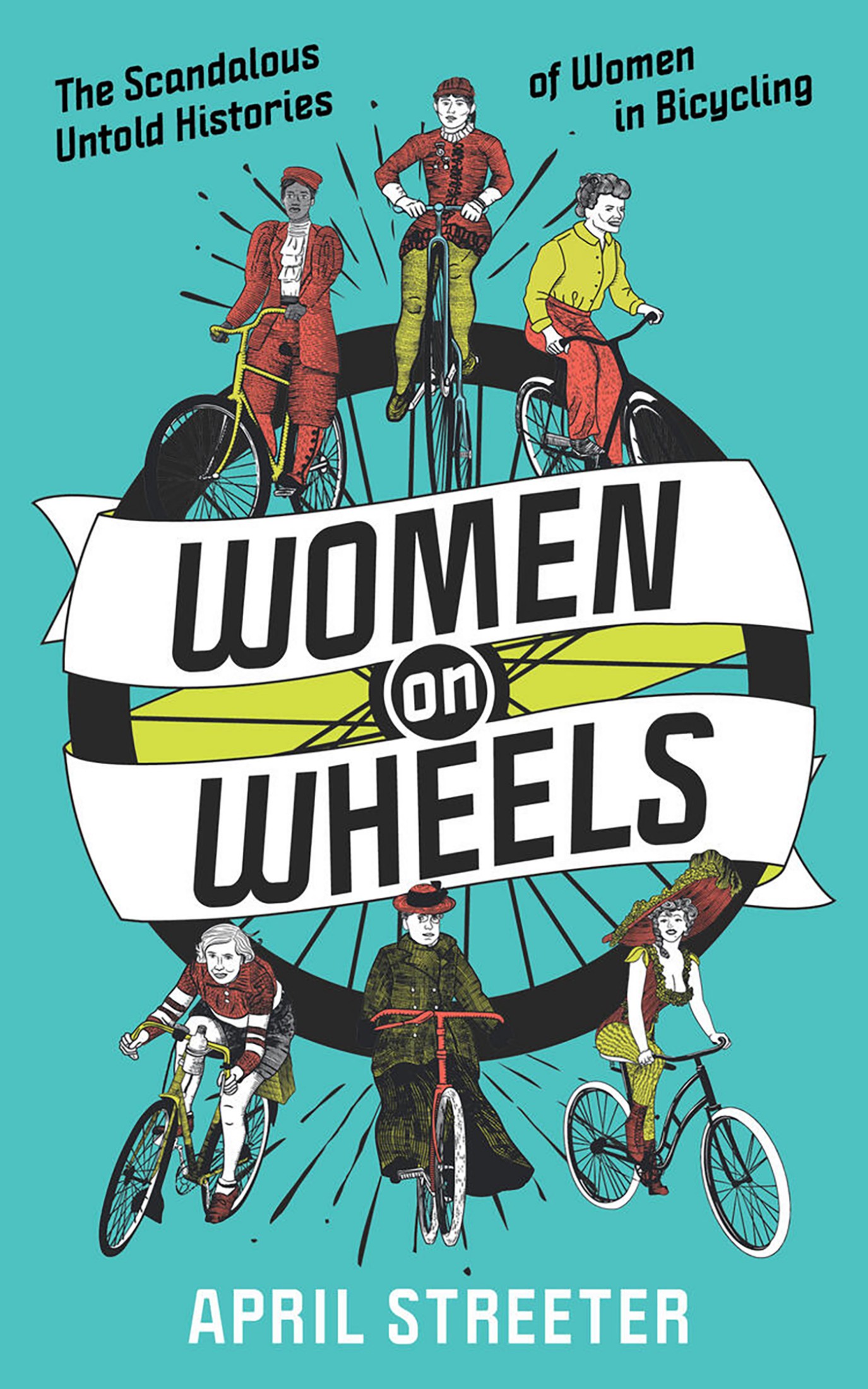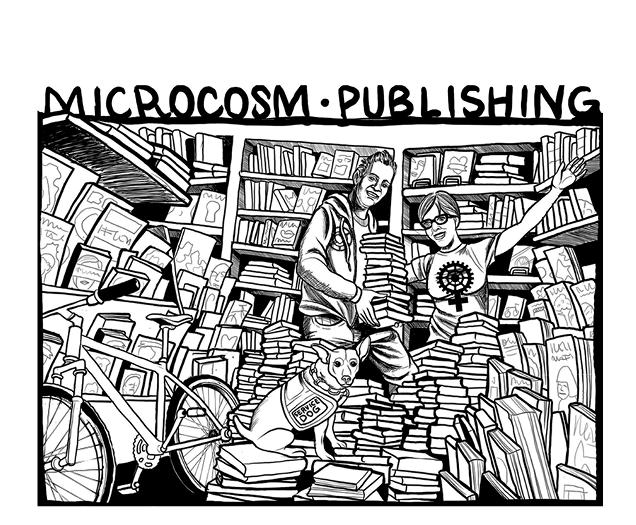Women on wheels: The Scandalous Untold Histories of Women in Bicycling from the 1880s to the 1980s
Part of the Bicycling Revolution Series
April Streeter, 2021
This edition Microcosm Publishing, 2021
Illustrated by Matt Gauck and Lindsey Cleworth
First published April 13, 2021
For a catalog, write or visit:
Microcosm Publishing
2752 N Williams Ave.
Portland, OR 97227
www.Microcosm.Pub
eBook ISBN 978-1-62106-974-4
This is Microcosm #227
Cover illustration by Lindsey Cleworth
Did you know that you can buy our books directly from us at sliding scale rates? Support a small, independent publisher and pay less than Amazons price at www.Microcosm.Pub
Microcosm Publishing is Portlands most diversified publishing house and distributor with a focus on the colorful, authentic, and empowering. Our books and zines have put your power in your hands since 1996, equipping readers to make positive changes in their lives and in the world around them. Microcosm emphasizes skill-building, showing hidden histories, and fostering creativity through challenging conventional publishing wisdom with books and bookettes about DIY skills, food, bicycling, gender, self-care, and social justice. What was once a distro and record label was started by Joe Biel in his bedroom and has become among the oldest independent publishing houses in Portland, OR. We are a politically moderate, centrist publisher in a world that has inched to the right for the past 80 years.
Global labor conditions are bad, and our roots in industrial Cleveland in the 70s and 80s made us appreciate the need to treat workers right. Therefore, our books are MADE IN THE USA.
Contents
Introduction
Chapter One: Invention, or Life on Two Wheels (1818-1870)
Miss America
Courtesans Blanche and Cora
What to wear on a velocipede
Carrie Moore, Skatorial Queen
Chapter Two: Women Take the Wheel (1870-1888)
Elsa and Louise Go High Wheel
Tricyclist Belva
The Adventurers
Chapter Three: Off to the Races (1889-1894)
New Blood, New Wheels
Tricky Annie
Safety First
Darting Toward a Drop Frame
Frances, the Bicycling Suffragist
Chapter Four: Irrational Dress (1894-1902)
An Outfit History
Kittie
Out for a Ride
Unsexed by the Bicycle
Chapter Five: Racing to the Finish Line (1894-1902)
Londonderry Annie
Tillie and Dottie Race to the Finish
Dora, then Margaret
Chapter Six: From Bike to Car, or Boys and Their Toys (1900-1920)
Reinvention #2
Esther Pohl Lovejoy and Liverpool Liz
Doldrums
Boy Toy
Dorothy, Bike Soldier
Chapter Seven: Persisting Through a Changing World (1920-1949)
Girton Girls and the Manhattan Five
Pinup
Victory Bike
The Great Kate
Chapter Eight: Girdled (1950-Today)
Mouseketeers
Nancy Neiman and Doris Travani
Pedal Pushing
Conclusion
U.S. Bicycling Hall of Fame Women
Sources
INTRODUCTION
When Were All Bicyclists
I n 2010, after living in Sweden for five years, I looked forward to returning to my bicycle town of Portland, Oregon. As a freelance journalist and blogger who was also car free, a bicycle had been my preferred mobility mode to interviews and events for years. Once back in Portland, however, I felt a reverse bicycle culture shock. By that year the stream of people in the bike lanes of this famously bikeable, midsize West coast city was about one-third female. The feeling in those lanes on my commutes, however, felt distinctly male. The bike-lane zeitgeist seemed to me to be saying Go faster, get aggressive be a cyclist. I just wanted to be a person who bikes. Why did biking feel so differentmuch more aggressive, and less safewhen compared to biking in the midsize Scandinavian city Id just left?
That was the question I started researching. Id already been reporting and blogging about sustainable transport for years, so I knew about many of the ways U.S. women differed from men in their willingness and desire to bike in city traffic.
Yet what I uncovered as I researched back through the bicycle history was that the narrative about women and biking had been guided by men, especially in the early decades of the bike.
The simplified story went something like this: 1895. Safety bicycle is introduced, with drop frame, chain, pneumatic tires. An explosion of female cyclists, all dressed in bloomers, follows. The true tale, of course, is much richer, more complex, and not so straightforward. It is stocked with circus characters, female daredevils and courageous racers, plus quite a few women who simply recognized bike joy. These women yearned to ride before the safety bike and in spite of the constant oversight from men trying to control their purse strings, their outfits, and their sexuality.
Digging for and finding a hidden wealth of historical bicycle heroines was fun, and though sometimes sad, always inspiring. Together with the research and reporting I did on the hurdles contemporary women in the U.S. faced when using a bike for transportation, I put together a guide, titled Women on Wheels: A Handbook and How-To For City Cyclists . Self published in 2012, this volume interspersed advice on how to be a happy year-round bike commuter with short vignettes of many of the women I discovered.
Even as I sold out that first volume I knew I wanted to delve deeper into the social history of women and biking. There were womens stories I had obsessed overKittie Knox, Louise Armaindoand wanted to know more about. I also wanted to piece together a narrative that helped better explain how bicycle marketing through the decades had included and excluded different groups from the joy of biking.
The result is what you are now reading.
Through the research and the writing, my goal has been to continue to see myself and other humans as not just specific types of cyclists, although of course types and tribes do exist, but rather as people who bike. As this is a social history-of the hundred years from roughly 1868-1980, it doesnt take the more nuanced approach to gender that a study of more recent bicycle history would. It is interesting to imagine, though, how some of the stronger racing and endurance bicyclists of yore would identify now.
As a bike advocate and bike ride leader, my interest is also to spread the joy of biking in all its many forms. For myself, biking has changed as Ive changed. At three, I was a happy tricyclist on a candy-apple red three wheeler. By eight years old I enjoyed a Big Wheel and endless careening down the hill in front of our California bungalow. At eleven I received the most popular bike of the eraa Schwinn with a copper-colored frame and sparkles embedded in its white banana-shaped saddleand got my first taste of the bikes ability to give a preteen freedom to roam.
At twenty I loved a boy who tried and failed to make me into a road cyclist. Then, after almost a decade of not riding I experienced a bicycle rebirth when I married a Swede. My partner and I werent cyclistswe just biked. We biked because bicycles were faster than walking and more fun than the bus. When we had two sons we biked as a family because it still seemed more fun to strap them into the Burley trailer than into car seats.



